Higher minimum wage could lead to maximum automation
LSE report suggests that increased wages could lead to higher unemployment due to cheaper automation
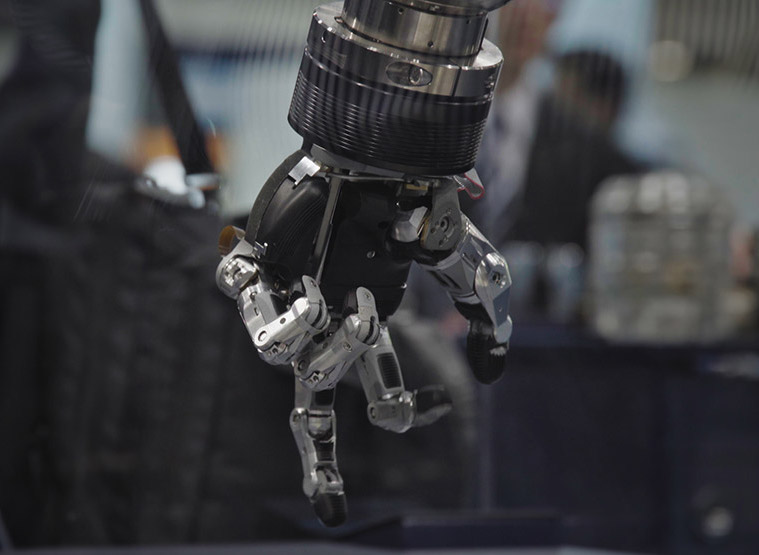

A rise in the minimum wage could lead to job losses as employers turn to automation to save costs, according to the latest research.
A report from the London School of Economics, which analysed the impact of minimum wage policies on automation, suggested manufacturing jobs are most likely to be under threat from robotics.
The key to managing this trend is to balance the need for higher wages with a realistic outlook on the impact of advancing technologies.
The research has been partly funded by the Low Pay Commission and its Commissioner Professor Sarah Brown said: "The research we commission is vital for our understanding of the effects of the minimum wage rates we recommend.
"Over the last 20 years, our commissioned research has helped us to successfully fulfil our remit of raising pay for the lowest-paid without causing unemployment."
There is a suggestion with the report that, although many will feel they need more than the minimum or living wage, any significant rises may price them out of work as automation becomes more affordable.
The hourly rate for the minimum wage depends on your age and whether or not you're on an apprenticeship scheme. If you've left school and are under 18, you'll receive the National Minimum Wage of 4.20. For those aged 18 to 20 the minimum is 5.90 and 21 to 24 is set at 7.38. Over 25's should earn a National Living Wage of 7.83, but all these brackets are to increase in April of this year.
Get the ITPro daily newsletter
Sign up today and you will receive a free copy of our Future Focus 2025 report - the leading guidance on AI, cybersecurity and other IT challenges as per 700+ senior executives
Often stories of automation simply focus on the tech itself, which is not the problem. Last year, during the Toronto film festival, a documentary called The Truth About Killer Robots painted a bleak picture of automation in the hands of businesses first organisations.
The documentary used the example of truck drivers in the US, whose jobs are slowly being diminished and moved to automation. It's a case of being bound by a market where it's easier and cheaper to use machinery than people.
According to Gartner estimates, 60% of organisations that have a revenue of more than $1 billion will deploy robotic process automation (RPA) software tools by the end of 2018, with 85% likely to deploy some form of it by 2022.
"The growth in adoption will be driven by average RPA prices decreasing by approximately 10% to 15% by 2019, but also because organisations expect to achieve better business outcomes with the technology, such as reduced costs, increased accuracy and improved compliance," said Cathy Tornbohm, vice president at Gartner.
Bobby Hellard is ITPro's Reviews Editor and has worked on CloudPro and ChannelPro since 2018. In his time at ITPro, Bobby has covered stories for all the major technology companies, such as Apple, Microsoft, Amazon and Facebook, and regularly attends industry-leading events such as AWS Re:Invent and Google Cloud Next.
Bobby mainly covers hardware reviews, but you will also recognize him as the face of many of our video reviews of laptops and smartphones.
-
 Why keeping track of AI assistants can be a tricky business
Why keeping track of AI assistants can be a tricky businessColumn Making the most of AI assistants means understanding what they can do – and what the workforce wants from them
By Stephen Pritchard
-
 Nvidia braces for a $5.5 billion hit as tariffs reach the semiconductor industry
Nvidia braces for a $5.5 billion hit as tariffs reach the semiconductor industryNews The chipmaker says its H20 chips need a special license as its share price plummets
By Bobby Hellard
-
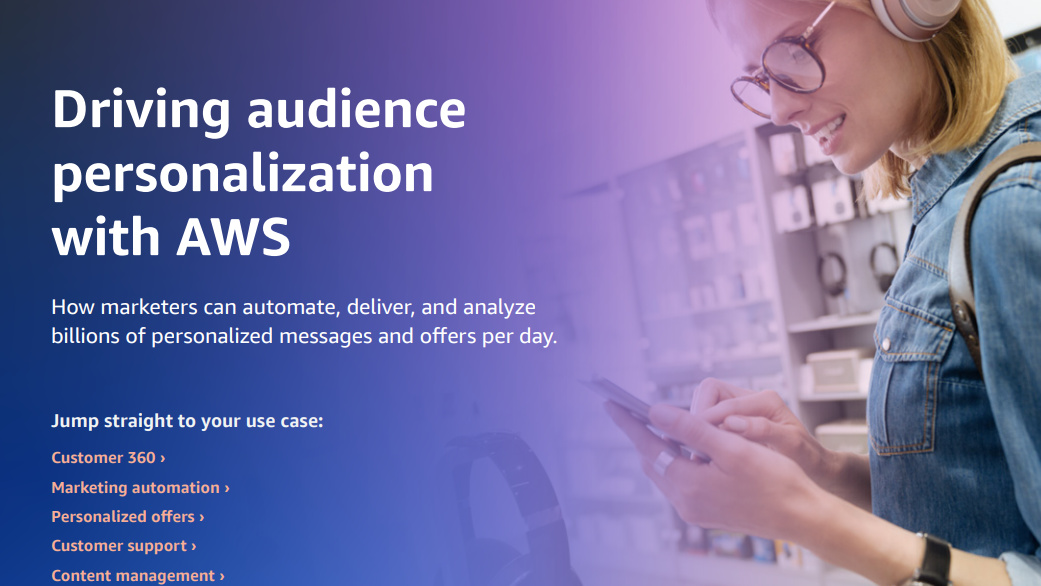 Automate personalization with AWS
Automate personalization with AWSWhitepaper How marketers can automate, deliver, and analyze billions of personalized messages and offers per day
By ITPro
-
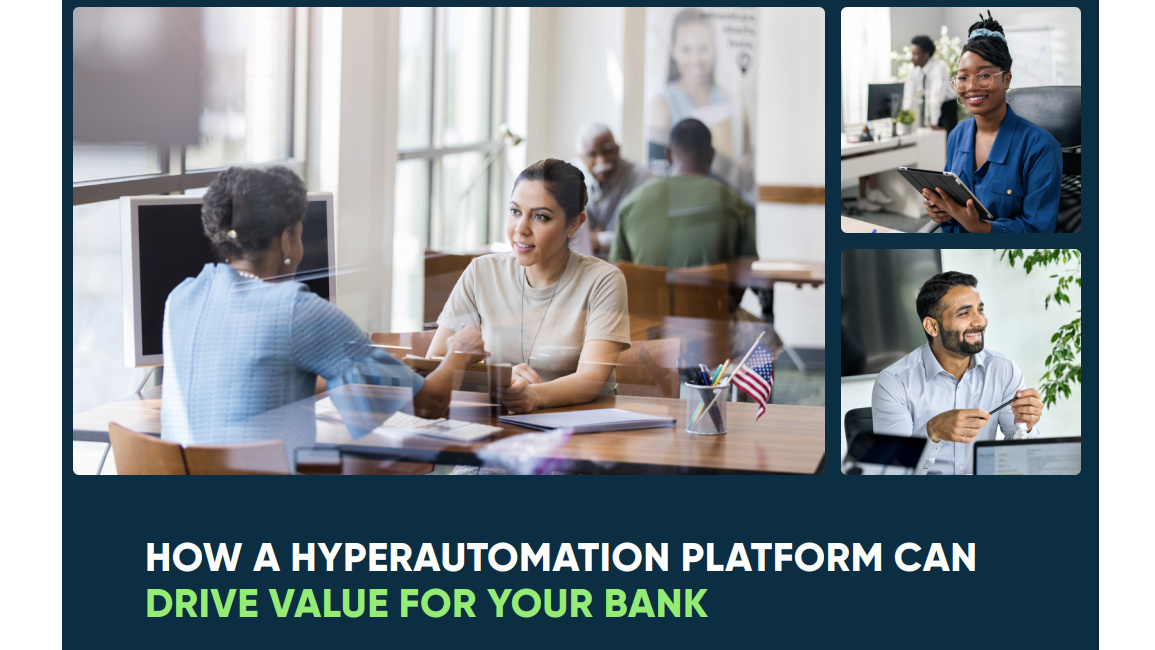 How a hyper-automation platform can drive value for your bank
How a hyper-automation platform can drive value for your bankWhitepaper Five ways automated processes can drive revenue and growth
By ITPro
-
 Appian wants to be the AI company for AI skeptics
Appian wants to be the AI company for AI skepticsAnalysis The firm outlines its AI strategy at Appian World 2023 while using ChatGPT and Midjourney to create scripts and imagery for keynote presentations
By Rory Bathgate
-
 Workday hit with claims its AI hiring systems are discriminatory
Workday hit with claims its AI hiring systems are discriminatoryNews An African American plaintiff has alleged that Workday's systems prevented him from being hired on the basis of his race, age, and mental health
By Rory Bathgate
-
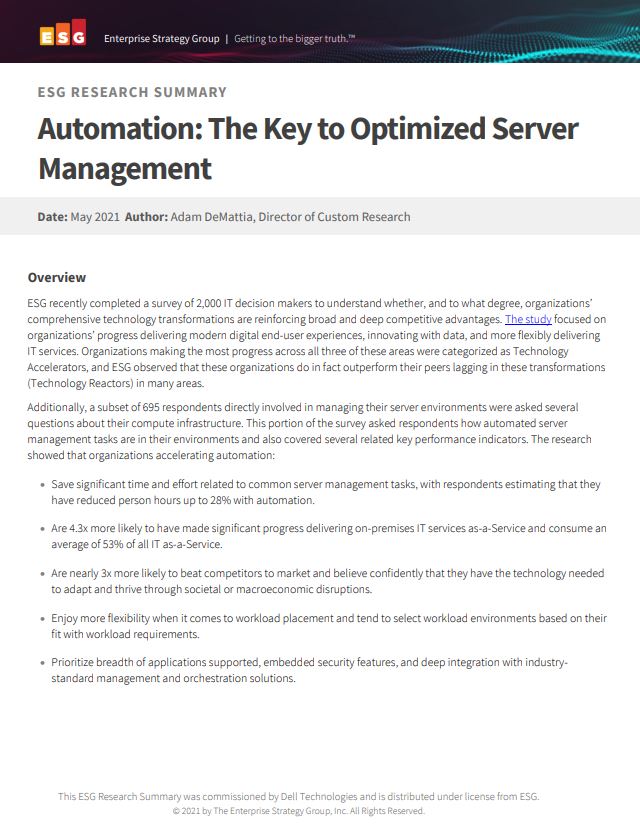 Automation: The key to optimised server management
Automation: The key to optimised server managementWhitepaper Deliver modern digital end-user experiences, innovate with data, and more flexibly deliver IT services
By ITPro
-
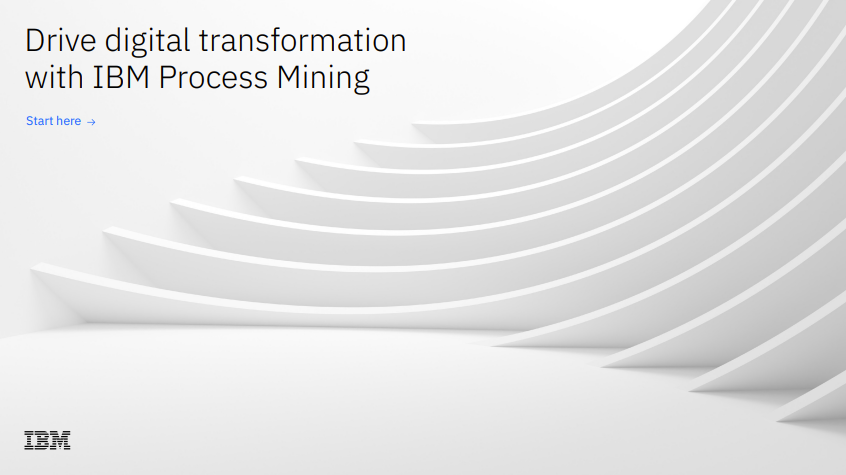 Drive digital transformation with IBM process mining
Drive digital transformation with IBM process miningWhitepaper A process discovery, analysis and monitoring technique to help businesses succeed throughout the entire DX journey
By ITPro
-
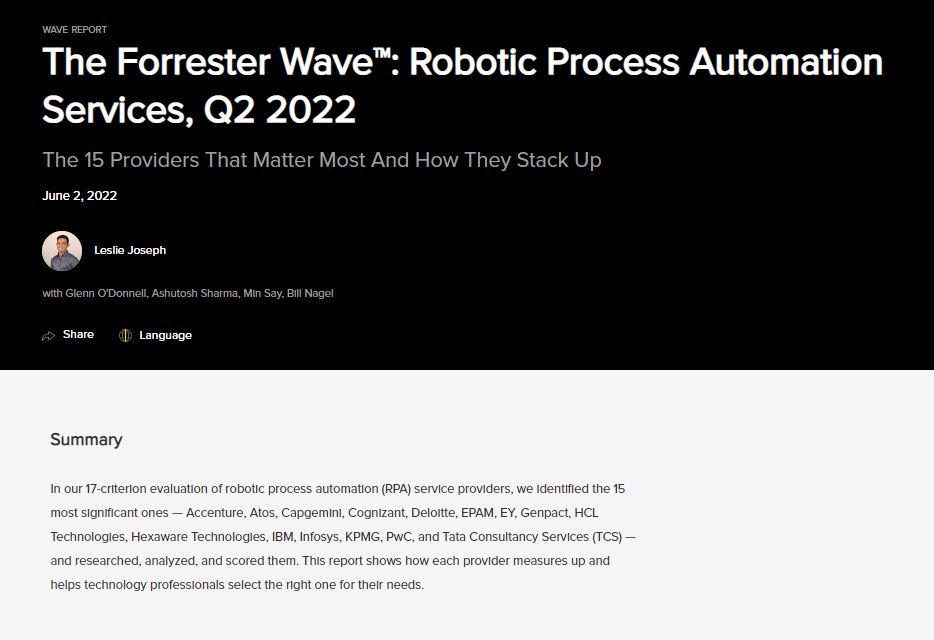 The Forrester Wave™: Robotic Process Automation Services
The Forrester Wave™: Robotic Process Automation ServicesWhitepaper The 15 providers that matter most and how they stack up
By ITPro
-
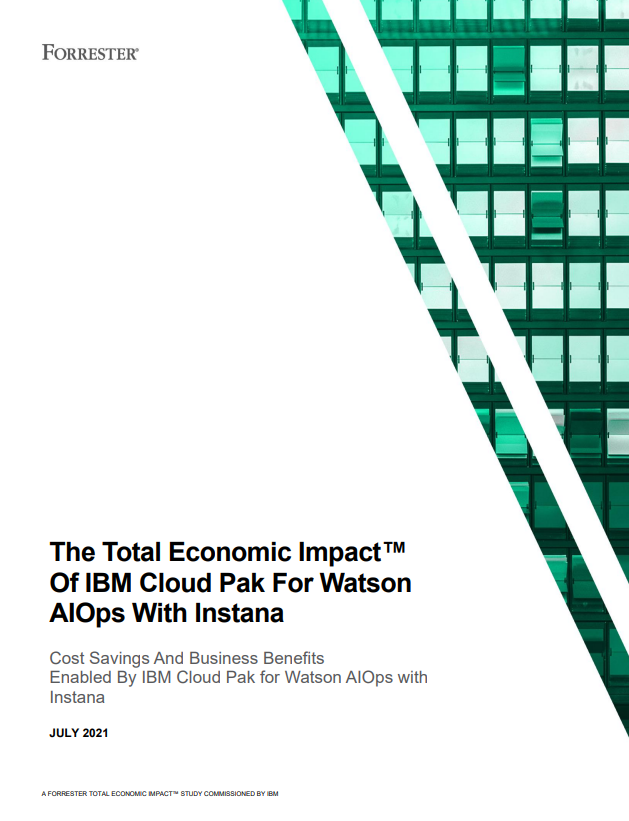 The Total Economic Impact™ of IBM Cloud Pak® for Watson AIOps with Instana
The Total Economic Impact™ of IBM Cloud Pak® for Watson AIOps with InstanaWhitepaper Cost savings and business benefits
By ITPro